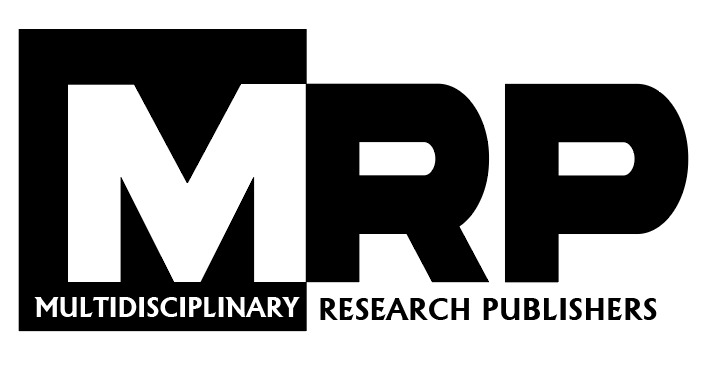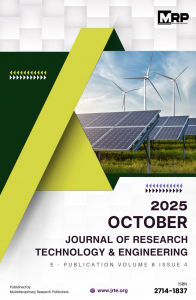Downloads
Nanomaterials have gained growing importance in modern science and technology due to their exceptional self-cleaning and antibacterial properties. This review explores recent advancements in nanotechnology, emphasizing the mechanisms behind these functionalities and their wide-ranging applications in medicine, construction, textiles, and environmental protection. Self-cleaning properties are mainly achieved through superhydrophobicity and photocatalysis, while antibacterial effects arise from metal ion release and reactive oxygen species generation. Materials such as titanium dioxide, silver, copper, and zinc oxide nanoparticles play key roles in these processes. The paper also discusses sustainability concerns, health risks, and regulatory challenges associated with nanomaterial use. Future research directions are highlighted, focusing on green synthesis, safety protocols, and expanding industrial applications. Overall, this study provides a comprehensive understanding of the dual functionality of nanomaterials and their significance for environmental and societal well-being.
Written by JRTE
ISSN
2714-1837
| M | T | W | T | F | S | S |
|---|---|---|---|---|---|---|
| 1 | 2 | 3 | 4 | 5 | ||
| 6 | 7 | 8 | 9 | 10 | 11 | 12 |
| 13 | 14 | 15 | 16 | 17 | 18 | 19 |
| 20 | 21 | 22 | 23 | 24 | 25 | 26 |
| 27 | 28 | 29 | 30 | 31 | ||
Our Visitors






 Users Today : 4
Users Today : 4 Total Users : 42621
Total Users : 42621 Views Today : 4
Views Today : 4 Total views : 105070
Total views : 105070 Who's Online : 0
Who's Online : 0 Your IP Address : 216.73.216.53
Your IP Address : 216.73.216.53

